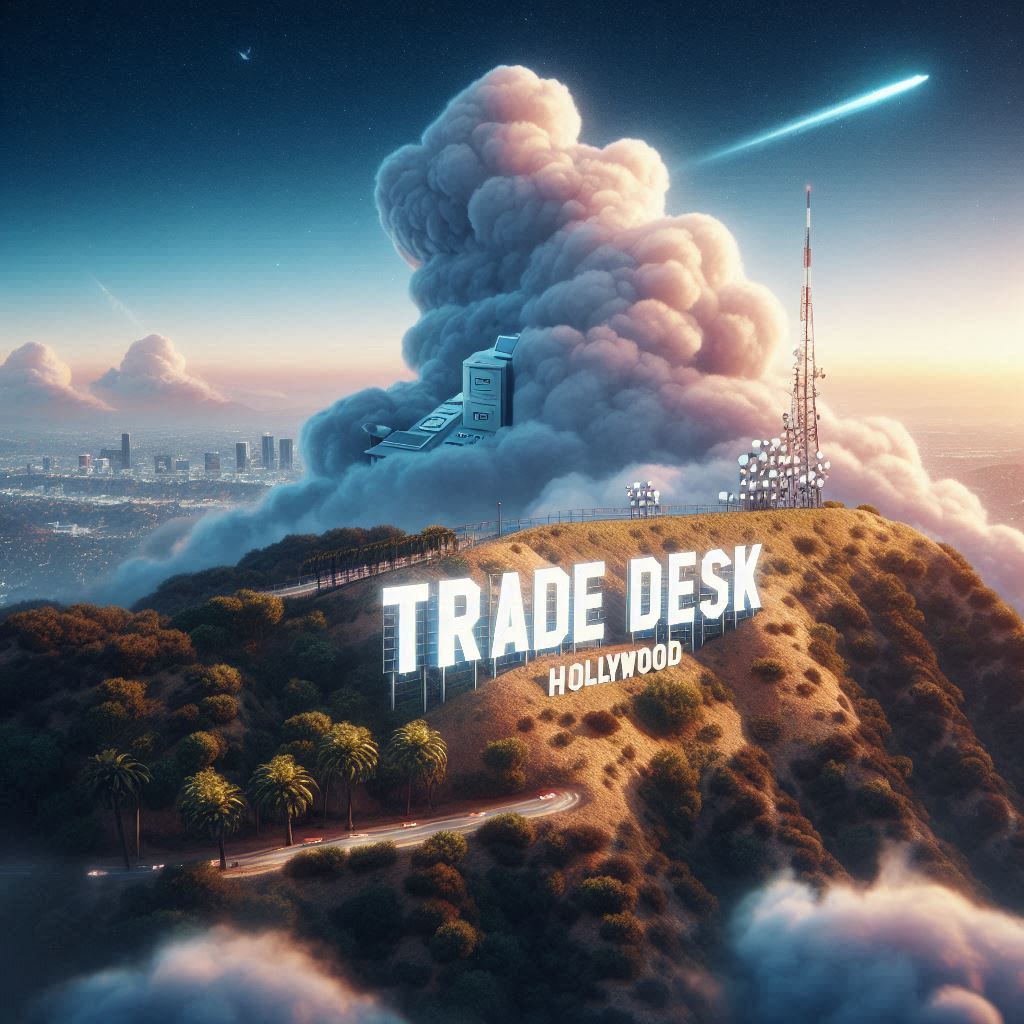The Trade Desk is building its own smart TV OS – Welcome to Lowpass! This week: The Trade Desk’s secret smart TV OS project, and Niantic’s latest attempt to map the world in 3D.
Digital advertising giant The Trade Desk is getting ready to more directly compete with Roku, Google and Amazon: The company has been secretly building its own smart TV operating system, and aims to license it to device makers that don’t want to run Google TV, Amazon’s Fire TV OS or Roku’s OS, I have been able to confirm with five sources with knowledge of the company’s plans.
Representatives for The Trade Desk did not respond to multiple requests for comment.
Work on the project began during the pandemic, and has progressed largely in secret. People working on the project include former senior Roku employees, and at least some team members have been hiding the fact that they are employed by The Trade Desk on LinkedIn. Altogether, The Trade Desk is said to have dozens of people working on the project.
The Trade Desk has been pitching its smart TV OS to multiple hardware makers, with multiple sources telling me that the company is promising much more advantageous revenue sharing deals than its established competition. The company is also said to give hardware partners more leeway in customizing the user interface of the OS than companies like Roku and Amazon typically do. It is said to have signed up at least one partner thus far, and a first device running the OS could launch as early as next year.
The operating system itself is based on Android AOSP, much like Amazon’s existing Fire TV OS. That choice makes it easier for the company to build the system and for developers to port apps to it, but it could also hamper adoption: Google has in the past taken issue with TV makers using forked versions of Android, to the point where it prevented Amazon from working with certain device makers for years. The two companies have since resolved their differences, and Amazon is in the process of transitioning from its current, Android-based Fire TV OS to a new Linux-based OS.
Entering the smart TV space won’t be easy for The Trade Desk: In addition to Roku, Google and Amazon, it will also have to compete with LG, Hisense and Samsung, which all have begun to license their own operating systems to third-party manufacturers. Vizio, which is in the process of getting acquired by Walmart, has similar plans. TV manufacturers are also being courted by Xumo, a joint-venture owned by Comcast and Charter, TiVo, Zeasn and Philips-backed Titan.
So why is The Trade Desk looking to enter this very crowded market? Two sources I spoke to mused that the company was afraid of getting shut out of the lucrative smart TV advertising market by platform operators like Roku, which have long pushed publishers to let them sell most of not all of the ads running on their platforms. Another source suggested that the company was looking to increase the number of smart TVs and TV-connected devices that its advertising clients can target with personalized ads.
And while it has kept its smart TV OS project under wraps, The Trade Desk has made no secret out of the fact that it sees connected TV advertising as key to its success. Video ads now make up “a high-40’s percentage share of our business,” revealed The Trade Desk CFO Laura Schenkein during the company’s most recent earnings call.
Do you know more about The Trade Desk’s smart TV OS plans? Then please reach out by responding to this email, or catch me at roettgers@proton.me. I’m also available on Whatsapp and Signal (info upon request), and I always make sure to safeguard the identity of confidential tipsters.

Discover more from Rathergood TV
Subscribe to get the latest posts sent to your email.

